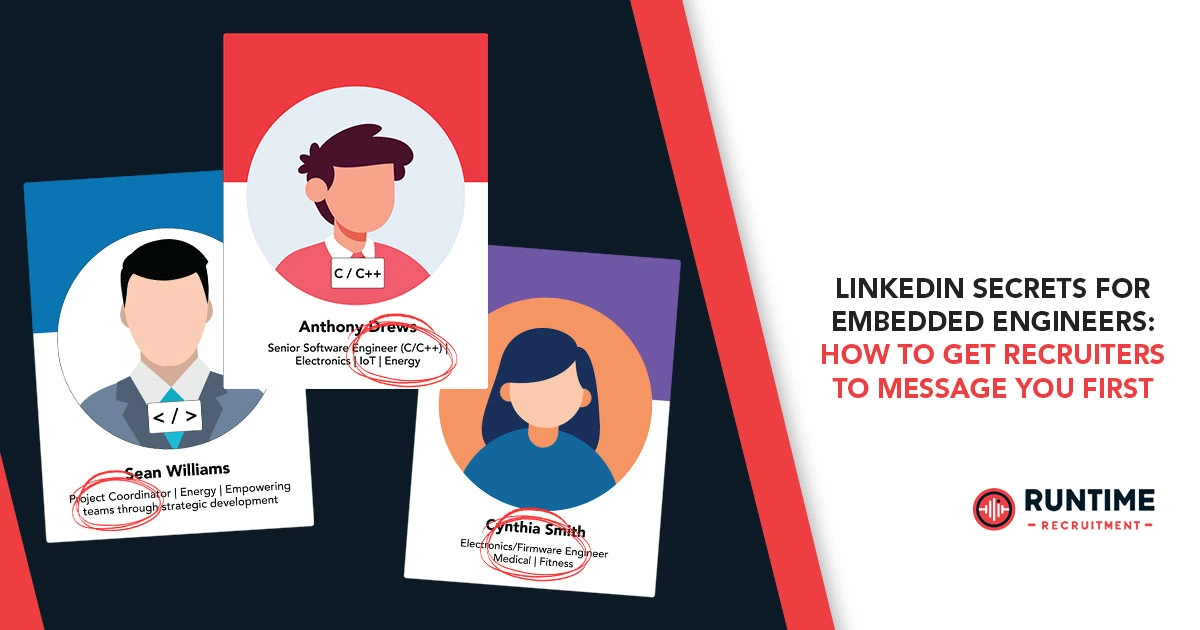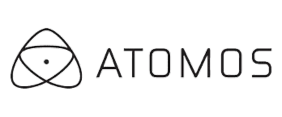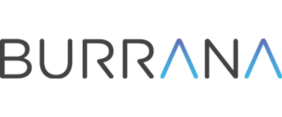In the dynamic and highly specialized world of embedded systems, standing out to the right opportunities isn’t always about tirelessly applying for jobs. Often, the most desirable positions come knocking on your virtual door, delivered by proactive recruiters who have specifically identified you as a prime candidate. This isn’t luck; it’s a strategic outcome of optimizing your professional presence, particularly on LinkedIn. For embedded engineers, mastering LinkedIn isn’t just about networking; it’s about transforming your profile into a magnet for the very recruiters you want to connect with.
Why LinkedIn is Your Ultimate Recruitment Tool
LinkedIn has long transcended its role as a simple online resume platform. For recruiters, especially those specializing in technical fields like embedded engineering, it’s a powerful search engine and talent database. Recruiters use advanced filters to pinpoint candidates with specific skills, experience, and even geographic locations. If your profile isn’t optimized to speak their language, you might as well be invisible.
The goal isn’t just to be found, but to be found first. When a recruiter discovers your profile and sees a clear, compelling narrative that aligns with their open positions, they are far more likely to initiate contact. This reverses the traditional job search paradigm, putting you in a position of demand rather than supply.
The Foundation: A Recruiter-Ready Profile
Before you can expect recruiters to message you, your LinkedIn profile must be meticulously crafted. Think of it as your digital resume, portfolio, and personal brand, all rolled into one.
1. Your Headline: More Than Just a Job Title
Your LinkedIn headline is arguably the most critical piece of real estate on your profile. It’s the first thing recruiters see, and it determines whether they click through to learn more. Don’t just list your current job title. Instead, make it a concise, keyword-rich statement that highlights your core expertise and the value you bring.
Instead of: “Embedded Software Engineer at [Company Name]”
Consider: “Embedded Systems Engineer | C/C++, RTOS, IoT, Firmware Development | Building Robust Solutions for Automotive & Medical Devices”
This immediately tells a recruiter your key skills, the technologies you specialize in, and even the industries you have experience in, making you discoverable for highly specific searches. Use common and transferable job titles if your official one is overly generic or obscure.
2. The “About” Section: Your Professional Story
This section is your opportunity to expand on your headline and provide a compelling narrative of your professional journey. It’s your elevator pitch. Keep it concise but impactful (around 2-3 sentences per paragraph, within LinkedIn’s character limit).
- Who you are: Briefly introduce yourself and your passion for embedded systems.
- What you do: Detail your core competencies, programming languages (C, C++, Python), hardware platforms (ARM, MIPS), real-time operating systems (RTOS), and development tools.
- What you’ve achieved: Highlight significant accomplishments using quantifiable metrics whenever possible. Did you improve system reliability by X%? Reduce processing time by Y%? These details make your experience tangible.
- What you’re looking for (subtly): If you are open to new opportunities, you can subtly hint at the types of roles or challenges you’re seeking, without explicitly stating “seeking new job.”
Example snippet: “Passionate Embedded Software Engineer with 7+ years of experience designing, developing, and deploying robust firmware for IoT and medical devices. Proficient in C/C++ and embedded Linux, with a proven track record of optimizing code for performance and memory usage, leading to significant efficiency gains in critical systems. Eager to tackle complex challenges in next-generation hardware-software integration.”
3. Experience Section: Beyond Job Descriptions
While it’s tempting to copy-paste your resume, the LinkedIn experience section allows for more depth and keyword optimization. For each role:
- Describe your responsibilities: Use action verbs and focus on what you did and achieved.
- Highlight specific projects: Briefly mention key projects, the technologies used, and your individual contributions. This is especially important for embedded engineers who often work on distinct, impactful projects.
- Quantify results: Whenever possible, back up your contributions with numbers or concrete outcomes.
- Keywords, keywords, keywords: Naturally integrate industry-specific keywords that recruiters frequently search for (e.g., “CAN bus,” “SPI,” “I2C,” “FPGA,” “microcontrollers,” “bare-metal programming,” “device drivers,” “firmware architecture,” “hardware-software co-design”).
4. Skills & Endorsements: Your Technical Toolkit
This section is a critical filter for recruiters. List all your relevant technical skills. Don’t be shy about including everything from programming languages and debugging tools to specific hardware knowledge and industry standards.
- Prioritize: LinkedIn allows you to pin your top skills. Ensure these reflect your strongest and most in-demand abilities as an embedded engineer.
- Seek endorsements: Actively ask colleagues, managers, and even former professors to endorse your skills. Endorsements from relevant professionals add significant credibility.
- Take skills assessments: LinkedIn’s skills assessments can validate your proficiency, making your profile even more attractive.
5. Education, Certifications & Courses: Continuous Learning
Showcase your academic background and any relevant certifications (e.g., in specific RTOS, functional safety standards, or cloud platforms relevant to IoT). Embedded engineering is a field of continuous learning, and demonstrating your commitment to staying current is highly appealing.
Becoming “Open to Work” (Strategically)
LinkedIn offers an “Open to Work” feature. You can choose to make this visible to “All LinkedIn members” (which adds a green #OpenToWork badge to your profile picture) or “Recruiters only.” While the green badge can signal availability, some prefer the “recruiters only” option for a more discreet search. Whichever you choose, ensure your preferences are clear to recruiters without necessarily broadcasting it to your current network.
The Secret Sauce: Engagement and Visibility
A polished profile is the foundation, but engagement is what truly brings it to life and boosts your visibility in recruiter searches.
1. Network Actively and Intentionally
- Connect with peers: Expand your network by connecting with other embedded engineers, hardware engineers, and software developers.
- Connect with recruiters: Don’t hesitate to send personalized connection requests to technical recruiters, especially those specializing in embedded systems. Mention what interested you about their profile or a mutual connection.
- Join relevant groups: Participate in LinkedIn groups focused on embedded systems, IoT, automotive electronics, medical devices, or specific programming languages. Engage in discussions, answer questions, and share your insights. This positions you as a knowledgeable professional.
2. Share Thought Leadership
- Post updates: Share articles, industry news, or personal insights related to embedded systems. This demonstrates your passion and keeps your profile active.
- Write articles: Consider writing short articles or blog posts on LinkedIn about technical topics you’re knowledgeable about. This showcases your expertise and communication skills. An analysis of LinkedIn posts suggests articles between 1,900 and 2,000 words with “how-to” or list-style headlines tend to perform well.
- Comment thoughtfully: Don’t just “like” posts. Add valuable comments that contribute to the conversation.
3. Recommendations: Social Proof of Your Skills
Recommendations are powerful testimonials from people you’ve worked with. They provide social proof of your skills and work ethic. Ask former managers, colleagues, or clients to write recommendations highlighting your contributions as an embedded engineer. Offer to write one for them in return.
How RunTime Recruitment Tackles the Problem
This is where specialized technical recruitment agencies like RunTime Recruitment come into play, bridging the gap between exceptional embedded engineering talent and leading companies. RunTime Recruitment sets itself apart by operating on a principle of “Engineers Hiring Engineers.” This fundamental difference is crucial for embedded engineers seeking to be discovered.
Unlike generalist recruiters, RunTime’s team comprises senior engineers who possess hands-on experience in the very domains they recruit for: Embedded Systems, Firmware, IoT, Medical Devices, Automotive, Defense, and Industrial Control. This deep technical understanding means they speak your language, grasp the nuances of complex technical specifications, and can accurately assess a candidate’s true competency through technical deep-dives and real-world scenario evaluations.
RunTime Recruitment leverages a proprietary database, extensive referral networks, and sophisticated digital outreach systems to identify and engage top engineering talent. Their expertise extends beyond just matching keywords; they understand the intricate skills required for low-level programming, hardware-software integration, and real-time operating systems that are hallmarks of embedded engineering. By thoroughly vetting candidates, they ensure that the talent they present is not just “available,” but technically validated and culturally aligned. Their AI-powered recruitment combined with human intuition ensures precise talent matching, helping them connect businesses with ideal candidates while also elevating their clients’ brands through strategic content marketing.
For an embedded engineer, working with a firm like RunTime Recruitment can significantly increase your chances of being messaged first. Their recruiters aren’t just scanning for keywords; they understand what those keywords mean in a real-world engineering context. They actively seek out profiles that demonstrate the in-depth technical skills and problem-solving abilities vital to embedded systems development.
If your LinkedIn profile effectively communicates your expertise, as outlined above, you become a readily identifiable and valuable asset for agencies like RunTime, who are constantly searching for the best talent to present to their clients. Their rigorous pre-screening and technical assessment processes mean that once they find you, they are highly confident you are a strong fit, prompting that initial, invaluable message.
Conclusion: Take Control of Your Career Narrative
Getting recruiters to message you first on LinkedIn isn’t a pipe dream; it’s a strategic process. By optimizing your profile with rich keywords, a compelling narrative, demonstrable achievements, and active engagement, you transform your LinkedIn presence from a static resume into a dynamic, recruiter-attracting asset.
Embrace LinkedIn as a powerful career tool, consistently refine your profile, engage with the embedded engineering community, and leverage the expertise of specialized recruitment partners like RunTime Recruitment. When you take control of your professional narrative online, you position yourself to not just find jobs, but to have desirable career opportunities find you.









